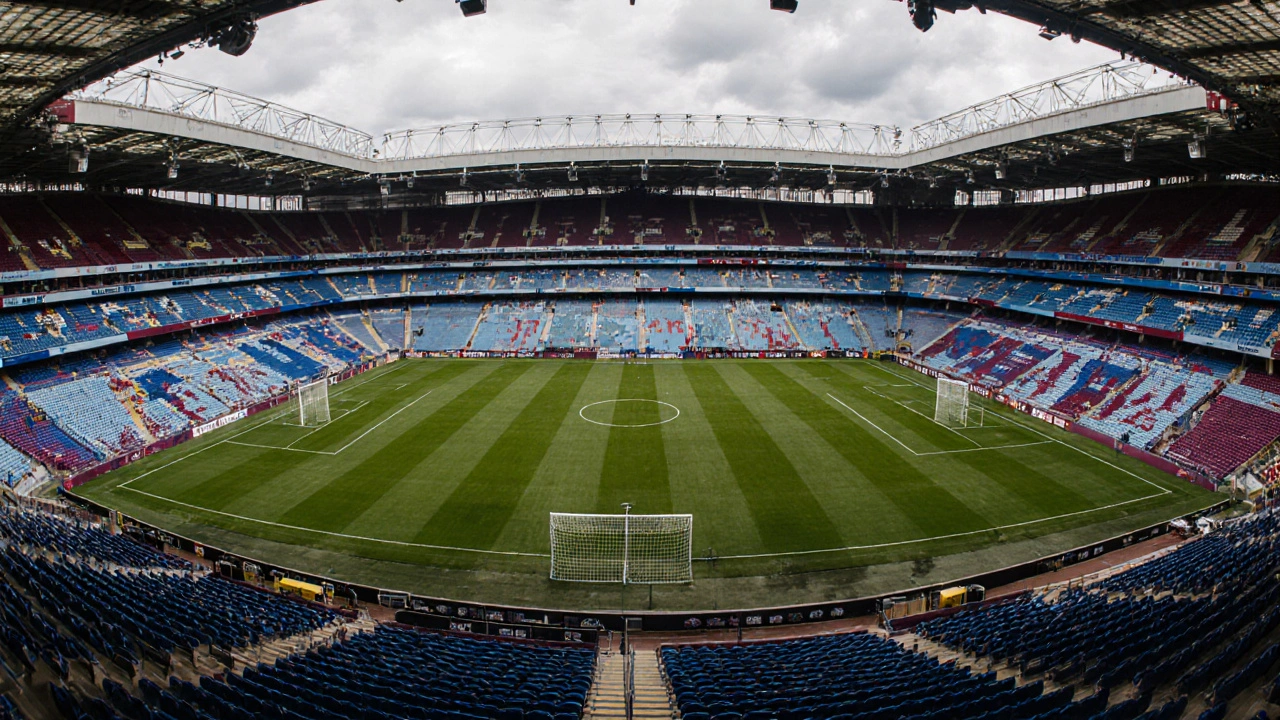Europa League – Latest Updates & Insights
When talking about Europa League, the secondary club competition run by UEFA that gives European football clubs a chance to shine beyond the Champions League. Also known as UEFA Europa League, it serves as a gateway to the top tier tournament and a platform for emerging talent.
The competition Europa League unfolds in two main phases. First comes the Group Stage, where 48 teams are split into twelve groups of four. Teams play home‑and‑away matches, and the top two from each group move forward. This structure ensures a balanced mix of big‑name clubs and rising sides, creating plenty of drama and betting opportunities.
Why the Europa League matters for clubs and fans
European clubs across the continent view the tournament as both a financial boost and a prestige builder. Participation guarantees TV revenue, match‑day earnings, and the chance to climb the UEFA coefficient rankings. For clubs like Monaco, Nice, or Aston Villa, a deep run can elevate their brand and attract better players. The tournament also pushes coaches to rotate squads, test tactics, and give younger talent valuable European experience.
Once the group stage wraps, the competition shifts to the knockout phase. Here, teams face off in two‑legged ties, culminating in a single‑match final at a pre‑selected venue. Winners not only claim the trophy but also secure a spot in the next season’s Champions League, adding an extra incentive that raises the stakes of every match.
The Europa League’s history dates back to 1971, evolving through several re‑brands and format tweaks. Its current name arrived after the merger of the UEFA Cup and UEFA Intertoto Cup in 2009. Over the years, clubs like Sevilla, Liverpool, and Chelsea have built legacies, showing that the tournament can produce unforgettable moments and launch careers.
Broadcasting rights have turned the competition into a global spectacle. Fans can stream matches on regional sports networks, while social media platforms provide live highlights and fan discussions. The blend of traditional rivalries and fresh match‑ups creates a unique narrative that keeps viewers hooked week after week.
Recent seasons have highlighted the depth of talent across Europe. For instance, the March 29 Ligue 1 derby between Monaco and Nice reminded us how domestic form can spill over into European nights. Likewise, Aston Villa’s tight contests in the group stage illustrate how English clubs adapt to continental styles. These storylines, along with standout performances from players like Lamine Yamal or Jacob Ramsey, keep the Europa League pulse racing.
All this makes the Europa League a rich source of news, analysis, and fan debate. Below you’ll find a curated collection of articles covering match previews, player interviews, tactical breakdowns, and the wider impact of the tournament on African, European, and global football scenes. Dive in to stay ahead of the curve and get the insights you need to follow the competition from kickoff to the final whistle.

